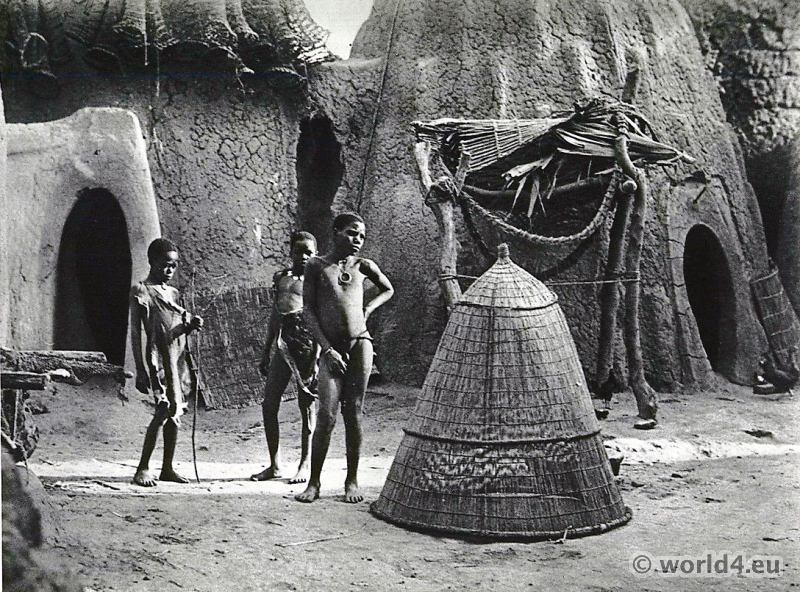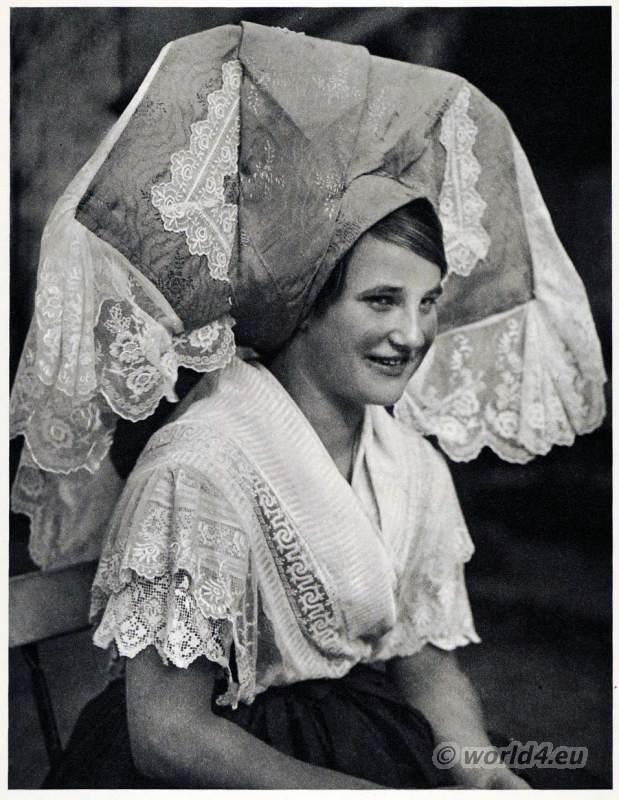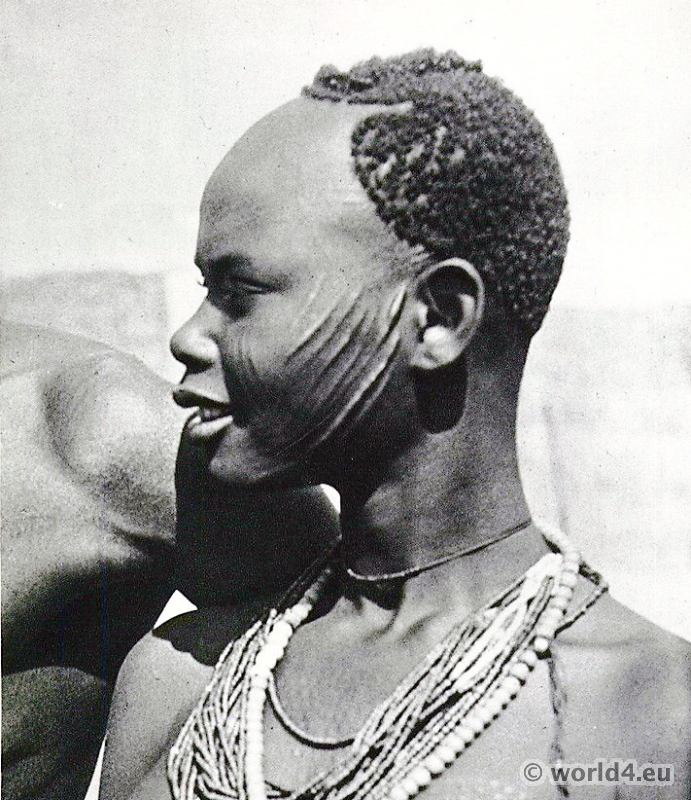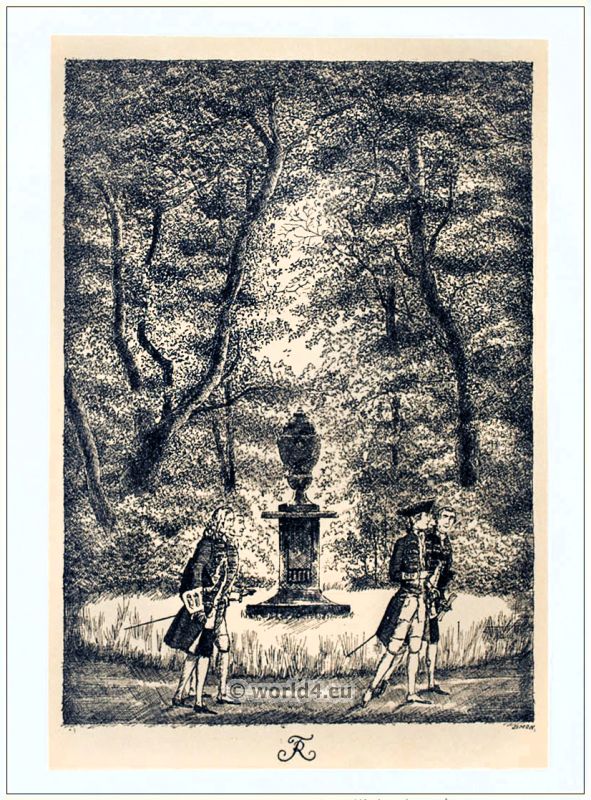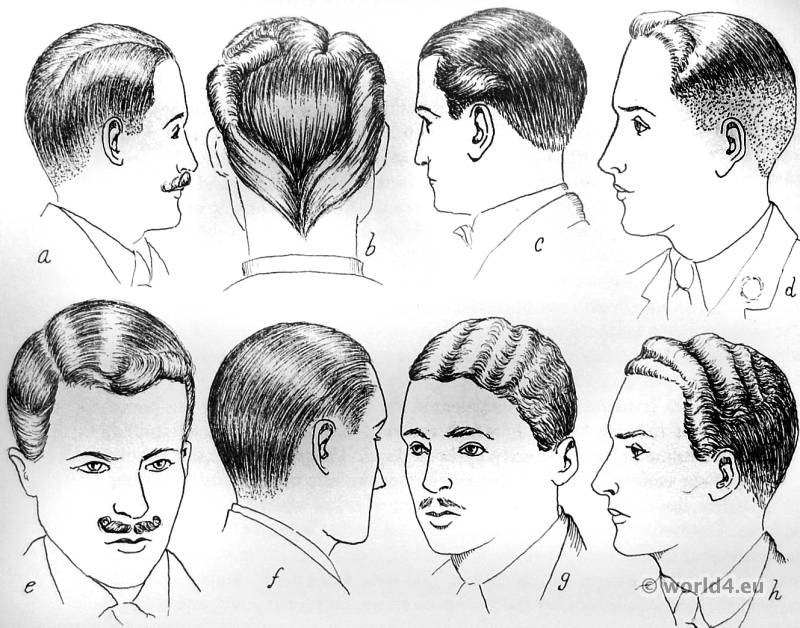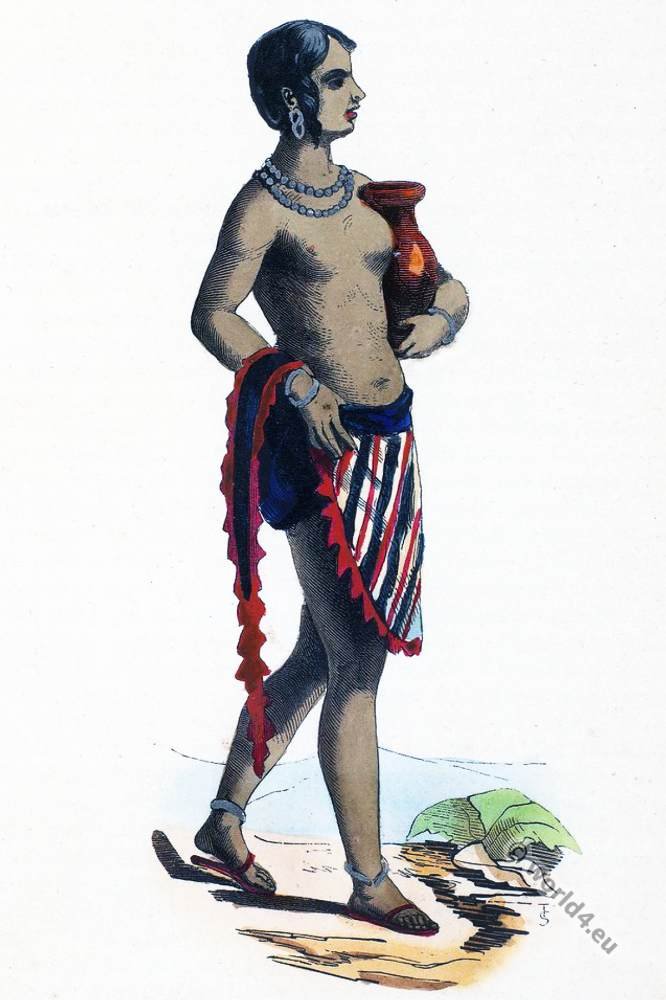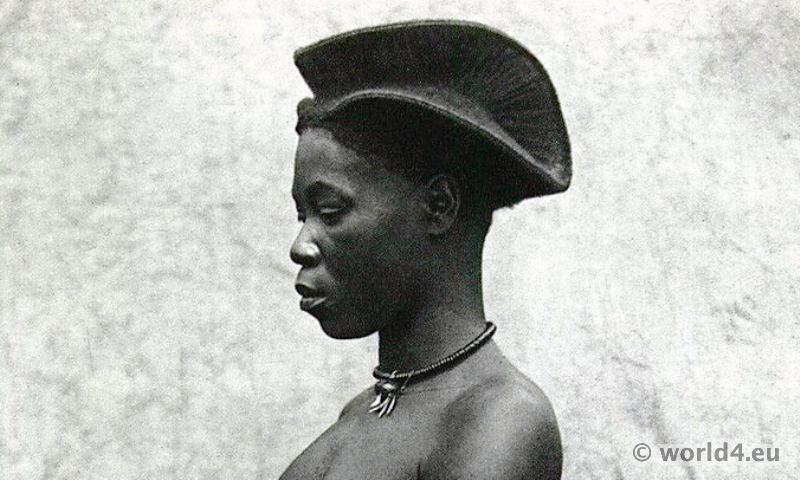Musgum. African tribe. Young shepherds 1930s
Young shepherds at the banks of the Logone.
The Musgum (also Mousgoum or Mupui; Mulwi proper name) are a nation of Cameroon and the Chad. They speak the language Musgu, a Chadian language and live between the rivers Chari and Logone.
Source: The dark continent; Africa, the landscape and the people by Hugo Adolf Bernatzik.
Discover more from World4 Costume Culture History
Subscribe to get the latest posts sent to your email.

